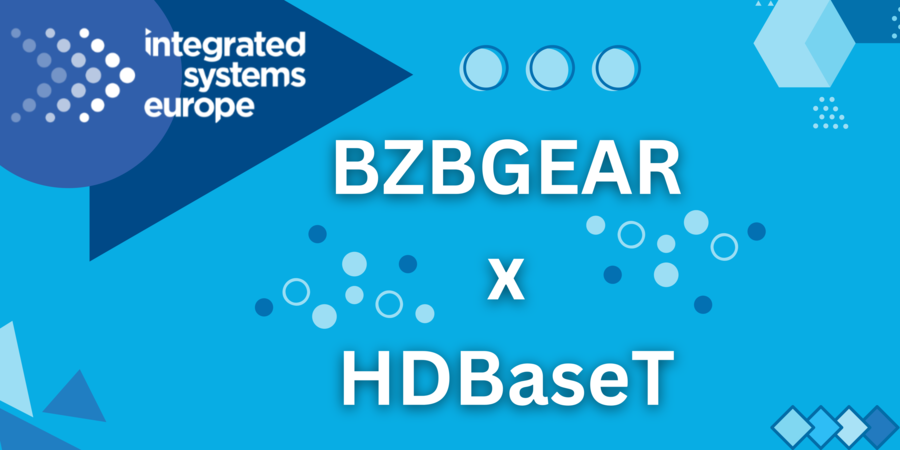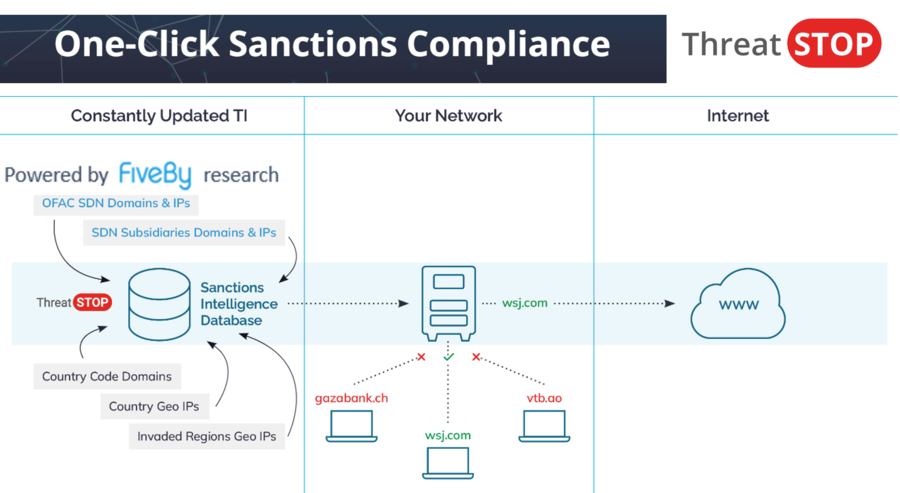The introduction of big data in marketing is driving a major change in the field. Companies can now rely on the actual behavior of consumers and, consequently, adapt their offer and message according to their needs. We talked with the CEO of a French brand dealing with AI and Data in order to get more information and explanations.
How can these data help achieve greater efficiency in the management of potential clients?
The contribution of big data in marketing will first translate into improved marketing tools and strategies. People are a thing of the traditional marketing toolbox.
“Mass data is increasingly present in our lives, and yet we are barely aware of its applications” adds Grégory Labrousse, founder and CEO of nam.R. “When you start to know how they work, the possibilities that open up and how they are being used already, you cannot stop seeing them everywhere, or rather, in many places where you did not thought. And you also wonder about its future uses” he says.
These ‘robot portraits’ personify the clients and the type of people a company aims at and, in this way, help the companies to plan how they will satisfy their needs through their offers. Traditionally, the characters were built from an empirical knowledge of the clients and also placing a certain amount into intuition. Big Data will make these people more real by providing not only the data derived from their purchasing behavior and their verified characteristics, but more importantly, by providing a context for these behaviors.
Incoming data and marketing
This new data is used in incoming marketing campaigns.
Inbound marketing is an approach focused on attracting potential customers or sales customers by providing useful data or services. Unlike getting to them directly, it is about being discovered. By multiplying the potential points of contact with sales opportunities (through corporate websites, e-shop, blog, social networks, etc.), companies can gather data about the behaviors and expectations of their potential sales customers. Then they can refine the content they publish and personalize their communication as much as possible.
The identification of their sales prospects sometimes requires the use of weak signals and the connection of disparate information.
It is possible to find an existing link between downloading a white book, locate an IP address and publish a blog post that suggests that the user is about to set up a new project that will require a particular service and in this way, he or she becomes a potential ‘leader’. Only data management tools allow marketing departments to make such a qualification quickly and efficiently.
Lead scoring and lead nutrition: combining marketing and sales
Providing relevant analysis and new data to the target groups is the basis of incoming marketing.
By making the potential customer spontaneously come to the company, the marketing department has the opportunity to “score” the leadership or, in other words, to assign a “maturity” rating in terms of making a purchase. For this purpose, the department uses all the explicit and implicit data that emanate from the online behavior of potential clients.
Explicit data come, for example, from a form that the potential customer completes on the website of the selling company. Your score may vary according to your title, your role in the decision-making process, the size of your company, your professional career (title or diploma obtained), the budget at your disposal, etc. The implicit data comes from your online behaviors, data that you provide indirectly. For example, did you follow a webinar or attend a trade fair or subscribe to the company’s newsletter and follow the company on social media? Collecting and monitoring all this data helps qualifying potential customers.
When the potential customer seems ready to make the purchase, the seller is responsible for completing the sale. The contact period between the potential client and the company before the sale is not a waste of time. In fact, it allows the marketing department to practice “lead promotion”, by which they push more and more personalized content towards leadership to get their attention and convince them of the suitability and experience of the company.
These two phases of acquisition of a lead require constant exchanges between the sales and marketing teams. Having said that, it is understandable why both departments are open to collaborating and aligning with each other, while maintaining their respective roles.
Learn more about nam.R and Grégory Labrousse, follow them!
Company website: https://www.namr.com
Twitter : @G_Labrousse / @namr_france
LinkedIn : @nam.R
Facebook : https://www.facebook.com/namr.fr/
Youtube : nam.R France





